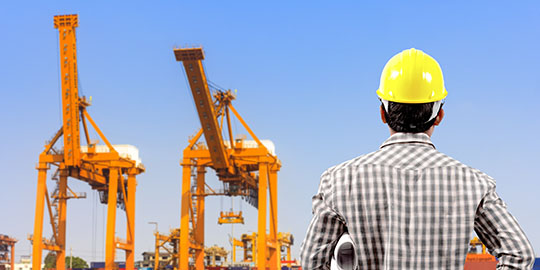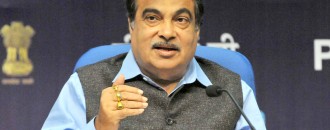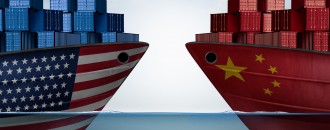
'India should strive for dominant position in high-tech products exports'
India's engineering exports can achieve leadership position in a number of high technology products with the integration of large exporters and small enterprises in the country, a study has said. According to an EEPC India –KPMG study, India should aspire for a dominant position in at least 34 product categories from that of being a “follower” and the engineering industry must look for a hybrid model of growth which should include the technological advantages of the western economies like Germany. The study cautioned India from adopting China’s growth model, saying that it may have undesirable consequences. This is despite the fact that China dominates the global engineering trade with 12.3% share, while India accounts for only 1.2% of the world market. Noting that India does not hold a dominant position in any of the 34 product categories defined by Directorate General of Commercial Intelligence and Statistics (DGCIS) classification, the study urged India to achieve leadership at least in some of the products within the next five years. “This is certainly possible if some of the large exporters integrate well with the Small and Medium Enterprises (SMEs) with the help of some innovative government schemes, so that India becomes a vibrant part of the global supply chain,” said T S Bhasin, Chairman of EEPC (Engineering Export Promotion Council) India. India primarily exports low and medium technology intensive engineering goods and the share of high technology goods is less than 6% of the overall engineering export basket. The shipment in this sector is majorly accounted by SMEs, which neither have the financial prowess to invest in technology, nor the capability to initiate path breaking research work. The study pointed out that “high-level reliability on labour cost arbitrage has resulted in limited exports in the high-end segment” and said “low wages may help sustain labour cost arbitrage over the next decade”. However, emerging trends like near shoring and disruptive technologies may threaten India’s advantage owing to labour cost arbitrage, it warned. “Impediments such as high energy costs, high interest rates, un-refunded tax benefits, lack of adequate physical infrastructure, outdated manufacturing processes and lack of best practices, are among key factors making Indian manufacturers uncompetitive in the international markets,” the study said. Providing subsidies to neutralize the costs incurred on account of such structural deficiencies is a suboptimal way of reallocating scarce resources, it said and suggested measures to remove such structural deficiencies through institutional reforms so as to benefit exporters for a longer period. Engineering exports, which account for more than 22% of India's merchandise shipment, declined by about 23% to $5 billion in September.
November 12, 2015 | 5:00pm IST





 to success.
to success.